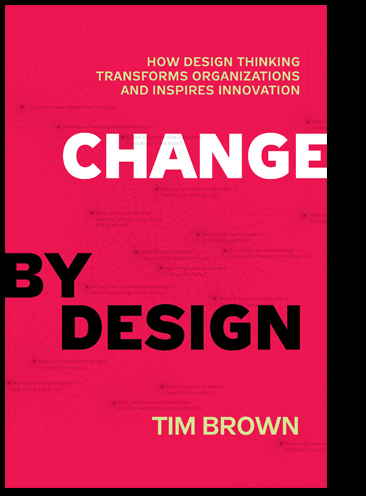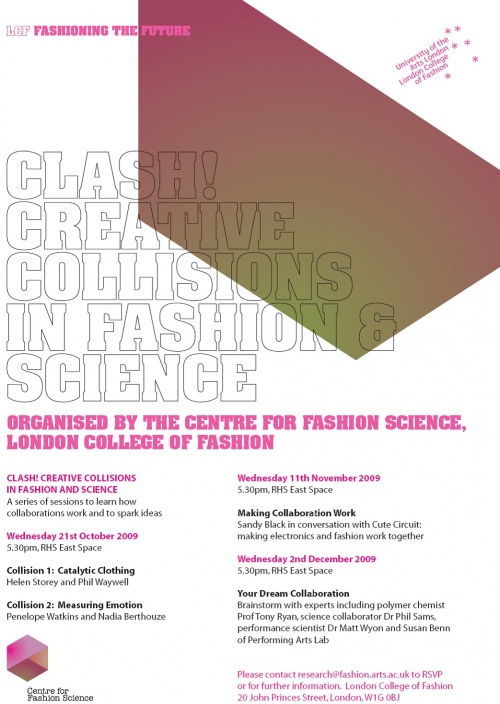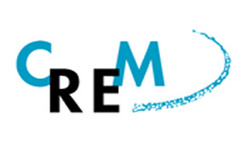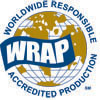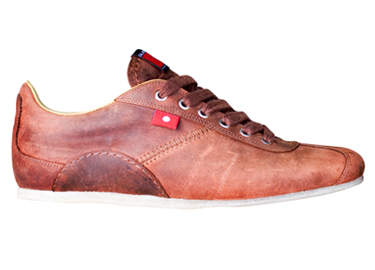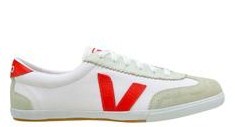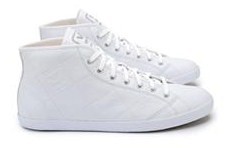Social Alterations is happy to report that Tim Brown’s new book, “Change by Design: How Design Thinking Transforms Organizations and inspires innovation” is now available.
Tim Brown is CEO at IDEO, and is responsible for promoting the participatory design theory “design thinking.” Design thinking requires the designer participate in the process, to move “beyond the latest high street products” (Brown, TED: Sep, 09) He believes that designers need to focus “less on object, and more on design thinking as an approach” (Brown, TED: Sep, 09). In this way, the human centred component of design thinking asks designers to consider the design brief outside of pure aesthetics, image and fashion (Brown, TED: Sep, 09).
IDEO has also just launched a new site called Living Climate Change to expand the conversation on climate change through design thinking:
“One of the most important ideas about design thinking is that it creates new ideas that provide new choices for business and society. As we move toward December and the climate change negotiations in Copenhagen I worry that we have far too few ideas to talk about. It is all too easy to argue over what we will have to give up in the search for significant reductions in carbon and yet there is very little discussion about what we might create as we try to resolve the most significant challenge humanity has yet faced.” (Tim Brown, Design Thinking)
Our Invitation To You from IDEO on Vimeo.
For a list of other books related to socially responsible design, be sure to check out our Reading Section.
